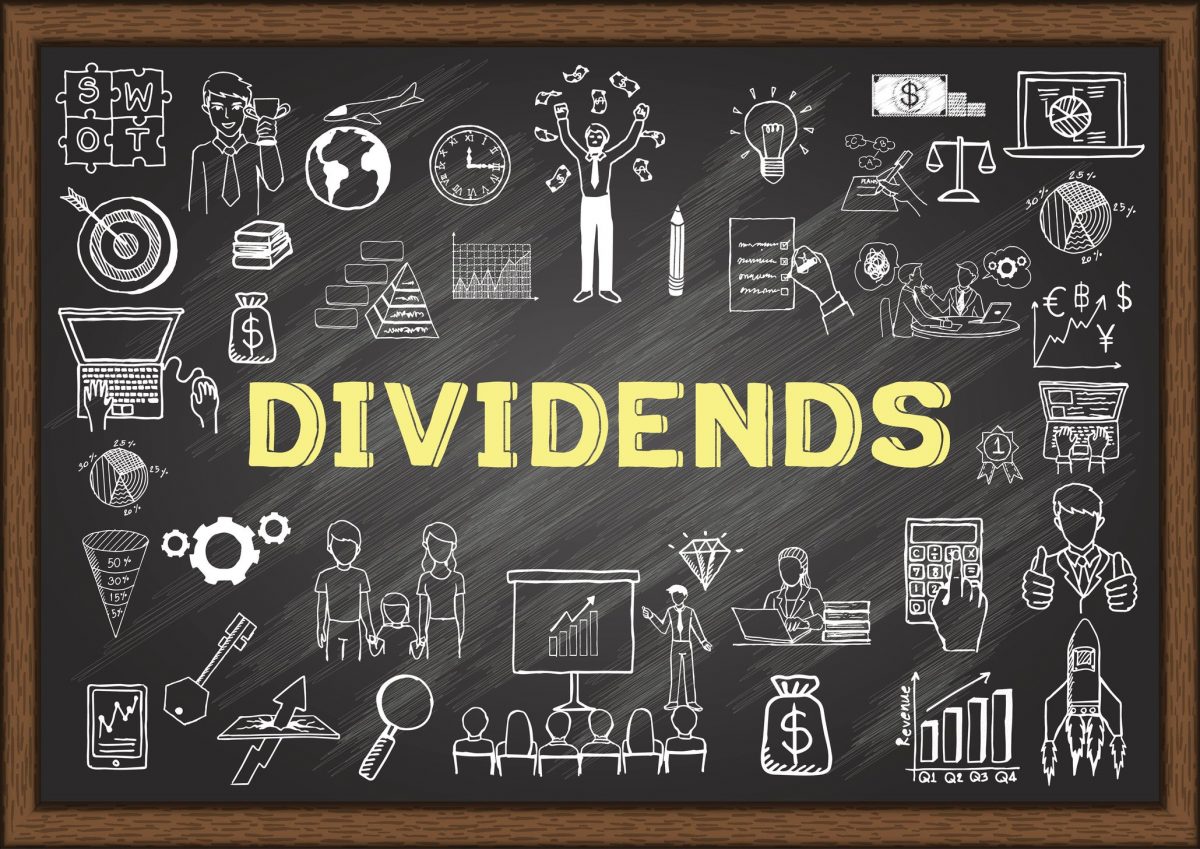Business Strategy and Outlook
Domain offers exposure to favourable trends in the Australian real estate market, but with relatively low exposure to real estate price risk in the long term. The company has generated strong revenue growth in recent years, boosted by an increase in agents using its website, listings, premium listings, and acquisitions. However, similar growth is not expected from these factors in future, as it is projected that Domain now has near saturation of available agents and listings and as such, further acquisitions are not anticipated.
Domain is expected to generate revenue growth primarily from growth within its residential division, and listings are projected to increase by at least 1%-2% per year, in line with population and dwelling growth over the long term. In addition, it is viewed that Domain can generate above-inflation growth in revenue per listing, as a result of above-inflation listing price growth and an increase in the proportion of premium listings on its website, from around 10% national penetration toward REA Group’s 20%. A revenue CAGR for the group of 12% is forecasted over the next decade.
Domain currently generates a lower EBIT margin than REA Group and other leading Australian online listings websites; however, the company is expected to achieve margin expansion as a result of strong revenue growth and operating leverage. Although margin improvement is anticipated, a lower margin is forecasted for Domain in comparison to peers, as Domain is the number-two provider, whereas peers are all leading providers in their respective segments.
Financial Strength
Domain is in good financial health, which is partly attributed to the capital-light business model and expected cash flow strength. As with many software companies, most of Domain’s costs relate to employee costs, and the company does not require large capital expenditures to grow. The lack of capital requirements means cash conversion is usually high and cash flows are available for dividend payments and growth investments, such as acquisitions or investments in early-stage businesses. It also means that equity issuance is usually negligible, which means little or no dilution of existing shareholders. Domain is not expected to undertake large acquisitions, in part due to the lack of obvious large acquisition candidates but also due to the present opportunity to invest in and expand its core business.
Bulls Say’s
- Domain is projected to generate high revenue growth, primarily owing to an increase in revenue per listing as a result of an increase in premium listings.
- Domain should benefit from Australian population growth of around 1%-2%, which should equate to a similar increase in dwelling numbers and therefore listings.
- Domain’s diversification into real estate-related businesses, such as mortgage, insurance, and utility services, is likely to strengthen the firm’s competitive position by increasing switching costs, and could diversify earnings.
Company Profile
Domain is an Australian real estate services business that owns real estate listings websites and print magazines, and provides real estate-related services. Domain was formed as a home and lifestyle section of newspapers owned by Fairfax Media Limited (ASX:FXJ) in 1996, and an associated residential real estate website, www.domain.com.au, was launched in 1999. Domain’s real estate listings website has grown to become its core business and the second-largest residential real estate website in Australia, after REA Group’s (ASX:REA) owned www.realestate.com.au. Newscorp (ASX:NWS) owns 60% of REA Group.
(Source: MorningStar)
General Advice Warning
Any advice/ information provided is general in nature only and does not take into account the personal financial situation, objectives or needs of any particular person.









